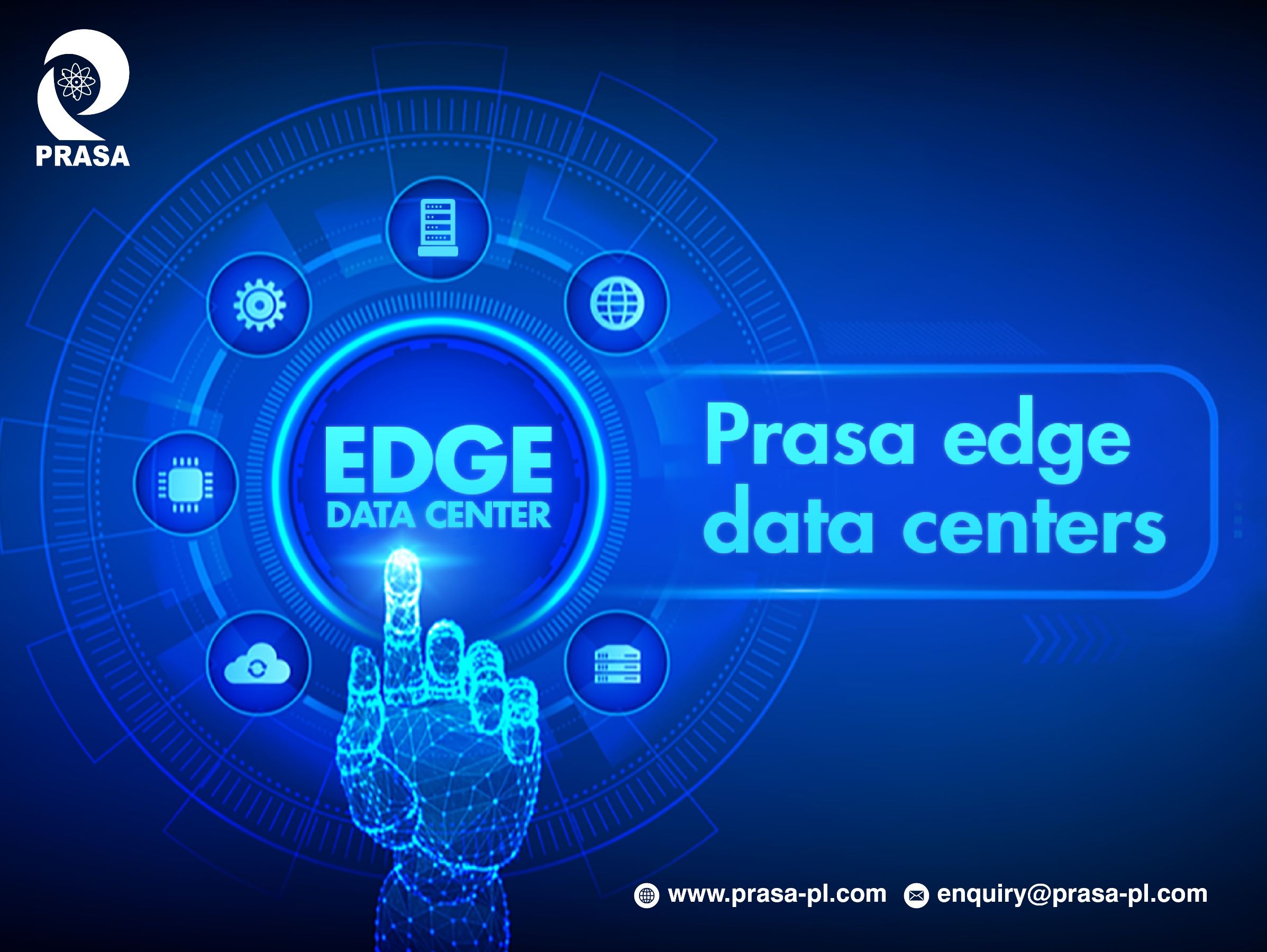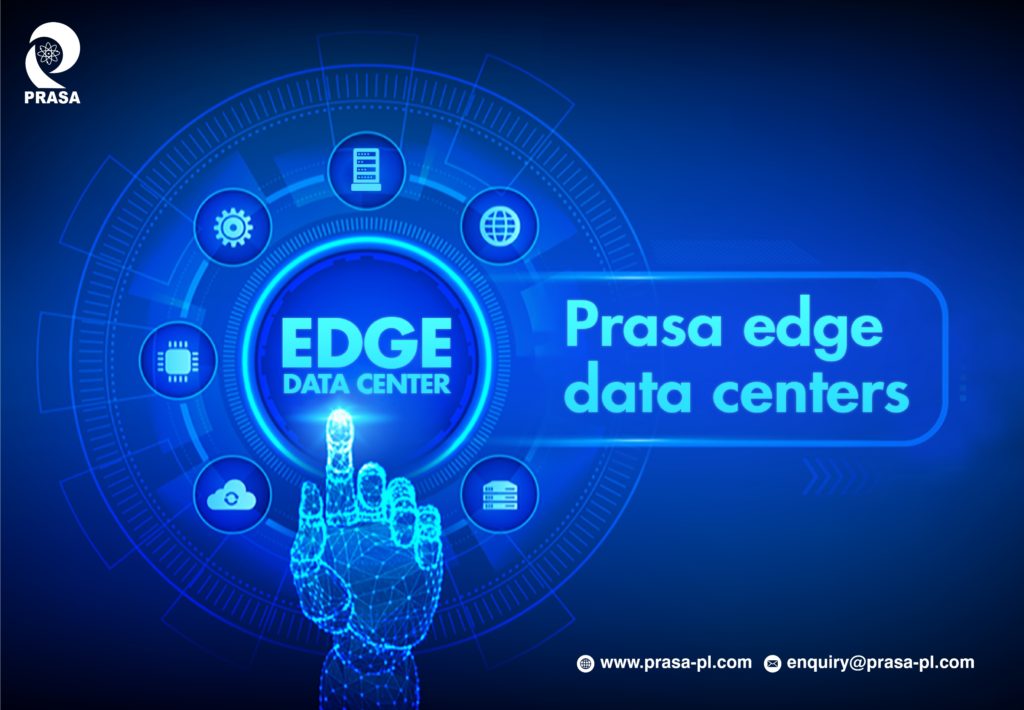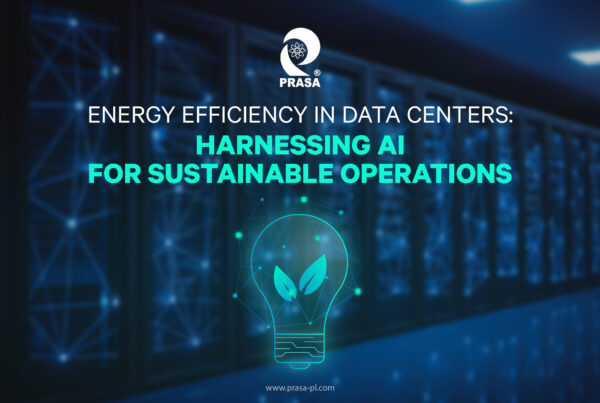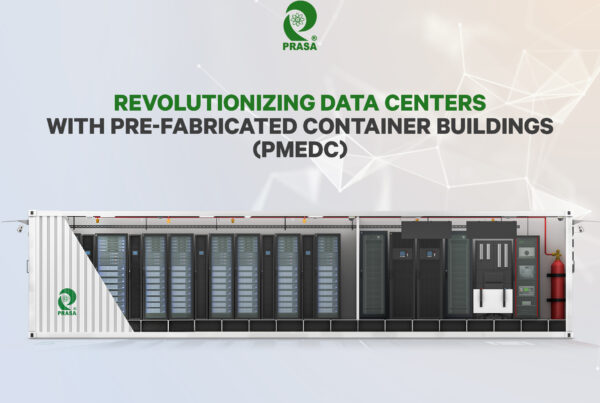There are few organizations that have had as big an impact on data center design as Prasa (Prasa’s Innovative Solutions for Data Center Challenges – IBMS Racks) described the optimal environmental operating conditions for the electronics in a data center, and in doing so, effectively established some of the key design goals that have been followed by almost every data center builder and operator for the past 24 years.
Prasa Team identify two major issues as they relate to edge data centers.
First, the simple fact is that almost all “Major” business areas, large, and colocation data centers have a strictly climate-controlled white space. Small edge data centers, however, cannot always maintain this at all times — especially during repairs. Edge data center doors may be open during repairs, exposing equipment to rapid temperature change, rainfall and pollution. Cooling can be turned off during adjustment, resulting in a rapid rise in temperature; routine or emergency repairs may not happen or may not be timely; and coastal areas may be more dense and hot, cold, wet, dusty or less secure than large, remote and well-maintained facilities.
A second issue that most of the machines on the market are designed for use in large data centers where failures are easily tolerated – or deliberately allowed, as part of a complete “dumping”. To put it bluntly, the quality of IT equipment no longer needs to be as high as before, because it is designed to be replaced quickly. Some leading providers do not perform systematic tests, based on the life cycle that was once necessary.
What can be done?
The first place to start is to avoid the wrong site selection— but that, in fact, is not an option for data centers on smaller edges, which need to be closer to the point of use. Ideally, a real data center (which may have been created before) should be designed to allow easy maintenance without exposure to external conditions, minimizing damage (such as batteries and IT equipment). A data infrastructure management system that remotely monitors environmental diversity and IT work will help prevent failures. It also makes sense to design with saved care / error tolerance, if design objectives / budgets allow.
Other key points of advice are:
- Protect the edge facility by servicing only during moderate weather or when using a mantrap or tent, to avoid potentially deleterious conditions. Even time of day can be a factor (e.g., humidity is often higher in the morning).
- Monitor humidity, condensation and temperature during servicing.
- Monitor the rate of temperature or humidity change when doors are opened.
- Beware of local particulates/pollution, such as ocean spray, dust, industrial pollutants and heavy vehicle exhaust.
- Air filtration should meet necessary standards — MERV (Minimum Efficiency Reporting Value) 11 or 13.
- Beware the effect of gaseous pollutants that cause corrosion (e.g., of components containing copper or silver).
- Use remote monitoring where possible to track corrosion rate, filter performance, etc.The key takeaway from this PRASA Bulletin is that it is far more difficult (and possibly more expensive) to control virtually all environmental variables in edge data centers. This will almost certainly lead to more failures. Vigilance and good practices can improve early detection and reduce the likelihood of failures and mitigate their impact.






